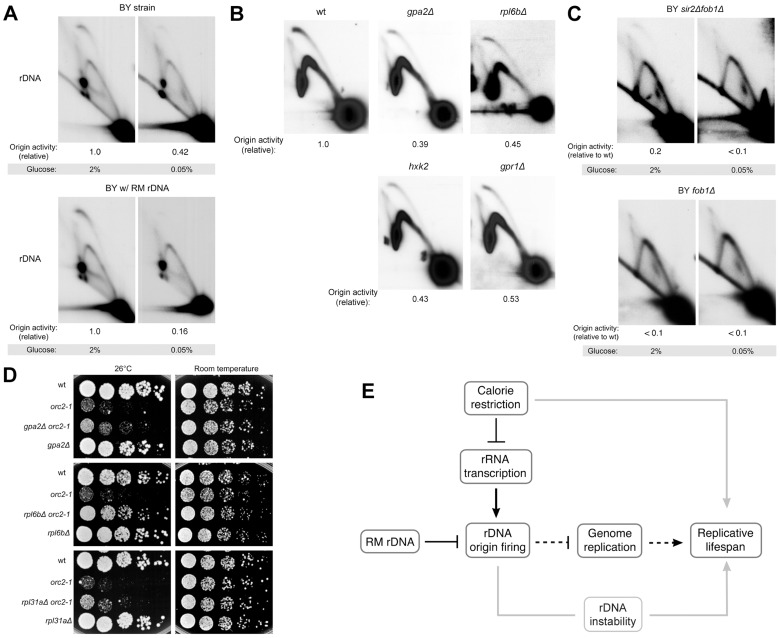Figure 7. rDNA origin activity is reduced by caloric restriction.
(A–C) 2D gel analysis of replication intermediates of the 4.7 kb NheI rDNA ARS fragments. (A) BY strains containing either RM or BY rDNA grown in high (2%) glucose medium or calorie-restricted (0.05%) medium. (B) BY strains with BY rDNA in conjunction with each of the calorie restriction-mimetic mutations gpa2Δ, rpl6bΔ, hxk2Δ and gpr1Δ grown in 2% glucose medium. (C) BY strains with either fob1Δ or fob1Δ sir2Δ grown in high (2%) glucose medium or calorie-restricted (0.05%) medium. (D) Five-fold serial dilutions of isogenic BY strains grown at room temperature and 26°C, the semi-permissive temperature for orc2-1. Calorie restriction-mimetic mutations (gpa2Δ, rpl6bΔ, and rpl31aΔ) improve viability of the orc2-1 mutation. (E) Model for how genetic and environmental modulation of rDNA origin firing affect replicative lifespan is presented by black lines with dashed lines denoting more speculative aspects of our model. Gray lines present links that are not addressed in this work.

